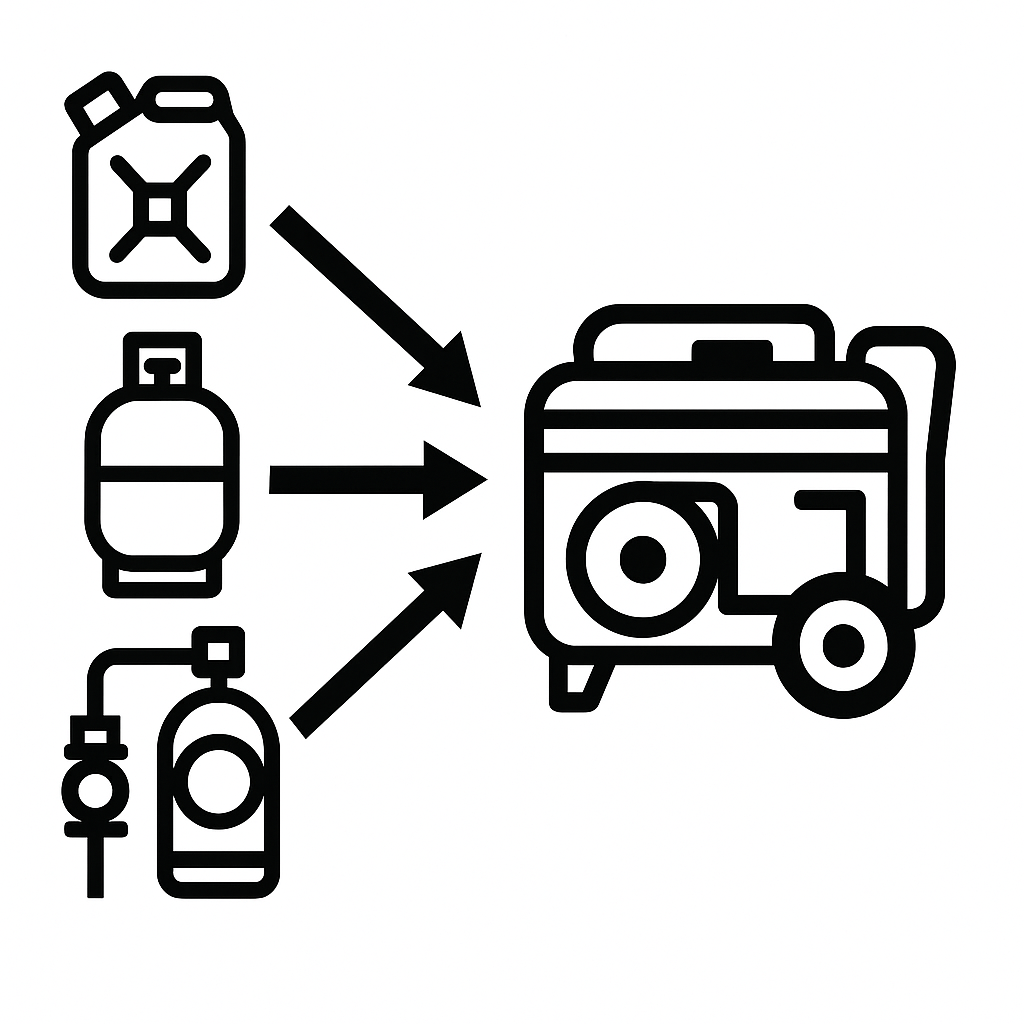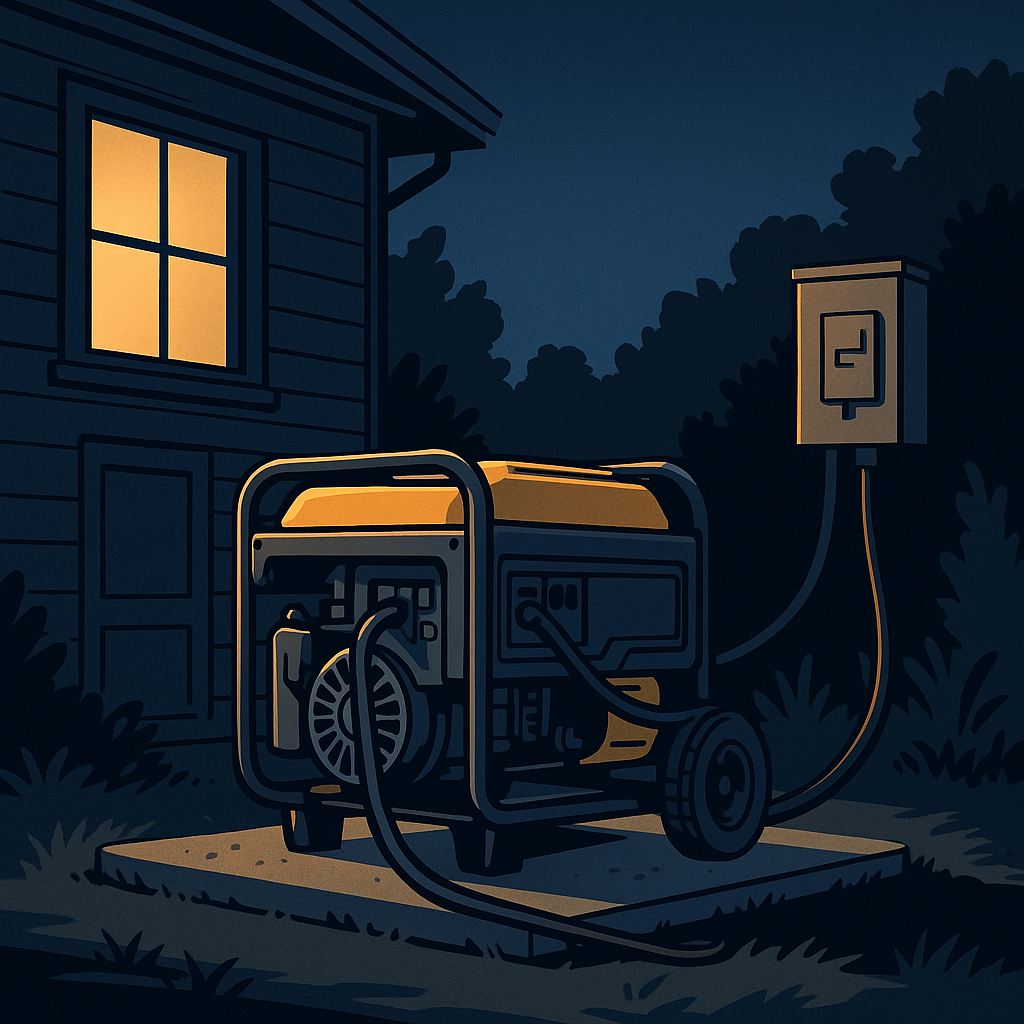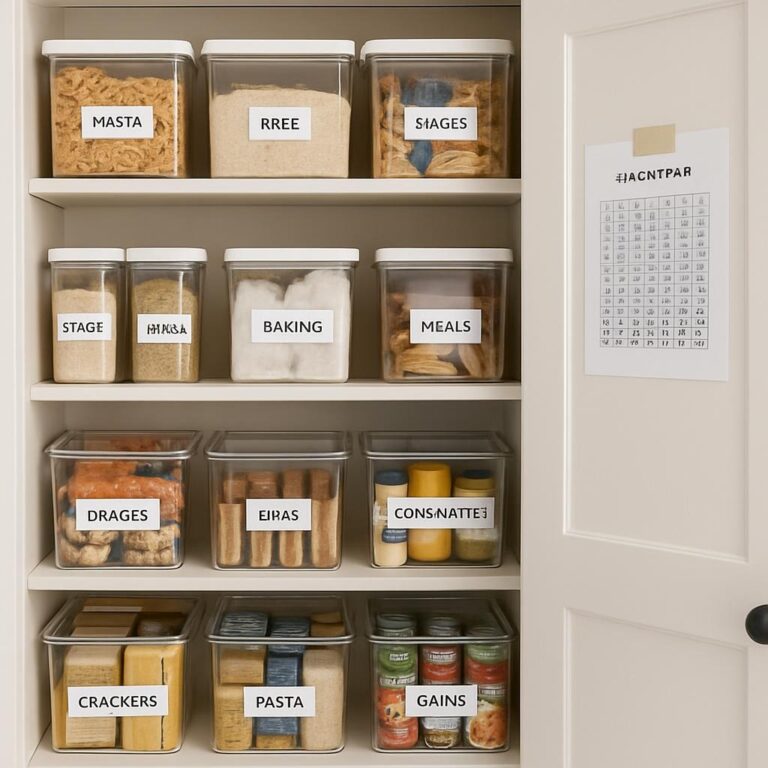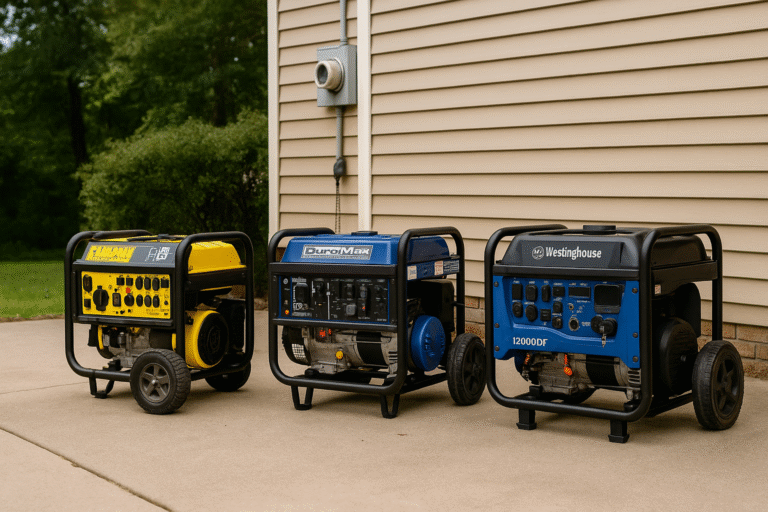Champion 201161 Tri-Fuel 12kW (15kW surge): A practical whole-home backup workhorse
A lot of generators promise peace of mind. Fewer deliver it when the power stays out for days and fuel logistics get weird. Champion’s 201161 aims squarely at that problem. It runs on gasoline, propane, or natural gas without third-party kits, ships with the hoses you need, and uses a torquey 717 cc V-Twin with electric start. It isn’t small or quiet, but if the job is keeping a modern home comfortable—refrigeration cold, pumps spinning, lights steady, and even a central A/C starting reliably—this machine plays in the right weight class.
Think of it as the “make outages boring” generator. You set a pad, connect it properly to a transfer switch or interlock, and choose the fuel that makes sense that day. Gasoline brings maximum output for hard starts. Propane stores cleanly. Natural gas offers marathon run time if service is up. Add Champion’s CO Shield® shutdown as a safety net, and you’ve got a very practical package for storm season.
Key Specs
- Fuel: Gasoline, Propane (LPG), Natural Gas (NG) — LPG/NG hoses included
- Output (gasoline): 15,000 starting / 12,000 running watts
- Output (propane / NG): Lower than gasoline (as expected)
- Engine: 717 cc V-Twin, electric start (battery included)
- Noise: ~78 dBA @ 23 ft
- Outlets: 120/240V 50A (14-50R), 120/240V 30A (L14-30R), 120V 30A (L5-30R), two 120V 20A GFCI duplex
- Safety: CO Shield® carbon-monoxide shutdown, low-oil protection
What people are saying
Owners consistently praise three things: the headroom to start heavy inductive loads, the convenience of tri-fuel, and easy first starts. Being able to run a central A/C on gasoline shows up in multiple reports, while propane and natural gas trade a little output for cleaner or continuous fueling. The included hoses reduce day-one friction during a storm week. On the downside, the size and sound level are the tradeoffs for whole-home power, and a few buyers mention shipping scuffs. CO Shield wins points as reassurance, though it will shut the unit down if exhaust rebounds toward the sensor — a sign that placement needs more space. Overall tone: capable, confidence-building, and built for real outage scenarios.
Setup & installation
Unbox, fit the wheel kit, add oil, and connect the battery. Before you fuel it, decide where it will live. A small pad makes life easier and keeps the frame level. For home circuits, have an electrician install a transfer switch or interlock and appropriate inlet. If you plan to use NG, confirm the line size and BTU capacity so you’re not starved under load. On first light-off, let it warm up and add loads gradually.
Noise & placement
The 201161 is rated around 78 dBA at 23 ft, which is lawn-mower territory. If you site it smartly, the sound becomes a background thrum—distance helps more than anything. Always run outdoors with exhaust pointed away from doors and windows. A simple fence-style baffle (nothing enclosing the unit) can cut perceived noise without blocking airflow. Indoors or porches are off limits.
Fuel strategy & real-world use
Use gasoline when you need full output for hard starts—A/C compressors, deep-well pumps, large fridges coming on together. Propane stores cleanly and avoids stale fuel; output is lower but predictable. NG is the long-duration play if utility service remains up; it trades some wattage for effectively bottomless run time. Keep a rhythm: rotate gasoline with stabilizer, keep at least one full propane cylinder per expected day of use, and test NG operation monthly so surprise fittings don’t surprise you later.

Maintenance & ownership
Check oil before every session. Exercise the generator monthly under a small load to keep the battery charged and the carburetor honest. Log hours with the built-in meter and change oil on schedule. Store extension cords and the LPG/NG hoses with the unit so you’re not hunting at midnight during a storm.
Alternatives to consider
If you value quiet over capacity, a large inverter generator will sound nicer but won’t start the same loads. If you want true set-and-forget operation with automatic transfer, a standby unit is the next tier—higher cost, fixed fuel, and a permanent install. Dual-fuel portables land in the middle, but tri-fuel flexibility is the 201161’s calling card.
Pros
- True tri-fuel out of the box; hoses included
- Strong surge capacity for compressors and well pumps
- 50A 120/240V receptacle supports transfer switches
- CO Shield® adds a meaningful safety backstop
- Electric start, hour meter/monitoring, robust frame and wheels
Cons
- Heavy and not quiet; plan a pad and distance
- Lower output on LPG/NG versus gasoline
- Proper home integration requires a transfer switch or interlock
Tips for a smoother setup
- Pick the permanent parking spot now; give exhaust a clear path away from doors and windows.
- Have a licensed electrician install a transfer switch or interlock for safe 120/240V tie-in.
- Match fuel to the job: gasoline for headroom, propane for clean storage, NG for long duration.
- Exercise the unit monthly and check oil before every run.
Why Choose the Champion 201161 Tri-Fuel 12kW?
This isn’t a boutique inverter; it’s a practical tool for keeping a household comfortable when the grid doesn’t cooperate. If you value flexibility and real capacity over minimal weight and hush-quiet sound, the 201161 hits the brief. With careful placement and a proper transfer setup, it turns a chaotic outage into a manageable inconvenience.
Conclusion
For homeowners who want one machine that adapts to the fuel and load realities of storm season, the Champion 201161 is a strong, no-nonsense choice. Use gasoline when you need maximum output, keep propane on hand for clean long-term storage, and plumb NG if you want easy, long runs. Set it up safely and it will do the unglamorous work of making outages boring.
Frequently Asked Questions
Can it run a central A/C and a fridge together?
On gasoline, many owners report success with a properly installed 50A transfer setup and sensible load management.
Why is output lower on propane and NG?
Those fuels have different energy content and delivery; it’s normal for tri-fuel portables to make fewer watts off gasoline.
Does CO Shield mean I can use it in a garage?
No. Always outdoors, far from openings. CO Shield is a safety backstop, not permission to run indoors.
How loud is it in real life?
Expect lawn-mower territory under load. Distance and smart placement help a lot.
What’s the easiest first fuel?
Many users like propane for a clean first run. Gasoline offers maximum output. NG is convenient for long runs if utility service is available.







